Description
hardware flow control. It is an ideal choice in the field of industrial automation.
Design and implementation of variable frequency transmission system based on ABB hardware architecture
introduction
With the increasing development of transmission technology and the increasing demand for actual use, variable frequency transmission systems have been widely used.
As a Fortune 500 company in the world, ABB is a leader in the fields of power and automation technology and has strong capabilities in control
systems, high-voltage, medium-voltage and low-voltage frequency conversion technology and transmission technology. Therefore, this article mainly
relies on ABB”s control, frequency conversion and transmission technology, and uses related hardware products to design and implement the frequency conversion transmission system.
To truly design and implement a usable variable frequency drive system, the entire system must be fully equipped, conveniently operable and
compatible with a wide range of needs, so that it can be used without changing the control method and operation. According to the actual control needs,
that is, combining frequency converters with different performances and variable frequency motors with different speeds or torques to quickly build and realize a variety of control requirements.
1 System design purpose and composition
The design purpose of this system is to control ABB inverters through local and remote control methods and complete 4 independent channels
of closed-loop speed control to drive different test objects to rotate.
The entire control system consists of the following four main components: remote control computer, panel industrial computer (touch screen),
PLC and speed-regulating frequency converter. The system design block diagram is shown in Figure 1.
In order to ensure the accuracy of motor speed control, an encoder module is added. The PLC can obtain the feedback of the rotary encoder in the
frequency converter through the ProfibusDP protocol. The speed control is performed through the frequency converter for internal PID closed-loop control.
2 System hardware implementation
2.1 Control some hardware
The control part of the hardware mainly refers to the sum of hardware that supports operators to use the equipment directly or indirectly and complete
the functions of the equipment. Its main hardware includes computer control terminal, touch screen control terminal, PLC control unit, other auxiliary
circuits and measurement and control components.
2.2 Transmission hardware
The transmission hardware mainly refers to the total number of equipment that can relatively independently perform a complete transmission function.
Its main hardware includes frequency converters, variable frequency motors (configured with rotary encoders as needed) and other auxiliary circuits.
Among them, the selection of motors and frequency converters should be based on the principle of selecting the motor first and then selecting the
frequency converter. details as follows:
First, according to the tangential speed at which the object under test is to complete rotation, select the motor speed according to the following formula:
Secondly, choose based on several other important basic parameters of the motor, such as system hardness, torque, weight, etc
. This system uses ABB”s variable frequency motor.
Finally, select an appropriate frequency converter based on the motor power. In addition, the actual situation of the object being tested must also be taken
into consideration, such as whether the rotating load belongs to the heavy-load usage of the frequency converter, etc.
3Software system
System software includes three major categories in total, namely computer control software, touch screen software and PLC software. Among them, the PLC software, as the
underlying software, is responsible for the interaction with the computer control software and touch screen software on the upper side, and the interaction
with the frequency converter on the lower side. Therefore, from the architecture of the entire software system, it can be defined as a host and slave computer structure.
3.1 System development platform
The software system has two control methods: remote and local. The development platforms for the three major categories of software are Windows operating system,
LabVIEW[4] integrated development environment, CodesysV2.3, and CP400.
3.2 System software architecture
The software of the entire system is divided into three types, namely remote control software, PLC control software and local control software. Among them,
the remote control software runs under the Windows operating system and is developed under the LabVIEW integrated development environment; the PLC control software is
developed under the CodesysV2.3 programming environment; the local control software runs on the touch screen computer and is developed under the CP400 environment.
The relationship between the three software is shown in Figure 2.
https://www.xmamazon.com
https://www.xmamazon.com
https://www.plcdcs.com/
www.module-plc.com/
https://www.ymgk.com
80VD100PD.C022-01
140DDO35300 output module
140DDI84100 output module
140DD035300 output module
140CRP93100 output module
140CRA93200 output module
140CPU67260 output module
140CPU67260 output module
140CPU43412 output module
140CPU11303 output module
140CPU11302 output module
140CPS11410 output module
140CPS11400 output module
140CHS11100 output module
140CHS11000 output module
140AVI03000 output module
140ACO13000 Output module
140ACO02000 output module
140ACI04000 output module
080-332-000-R Multifunction device server
64SD1-08KRF1-13 Data multi-function board
62K-NHC0-DH Automatic production line control
61C350 I/O module
61C22A I/O system
60M100-00 sensor
33VM52-000-29
31C450-503-4-00 Frequency changer
31C075-503-4-00
31C015-503-4-00 Frequency changer
31C005-503-4-00 Frequency changer
30-W2960B01A Serial port
30V4060 Ac driver
26D023003 microprocessor
22-COMM-D Communication module
22B-CCC Communication module
20-VB00601 Power module
20DC460N0ENNBNBNE Frequency changer
12HGA11J52 Universal auxiliary relay
12HFA51A42H relay
8V1090.00-2 Servo driver
8LSA55.EB030D200-1
8LSA25R0060D000-0 Servo motor
8B0C0320HW00 Power module
8AC123.60-1 B&R
8AC110.60-2
07KT92-CS31 Programmable controller
07KR31-FPR3600227R120 Servo driver
07AC91-GJR5252300R0101 Distributed Automation I/O
6SM77K-3.000 Servo motor
6SM56-S-3000 Robotics and automation
6SM37L-4.000 KOLLMORGEN Stepper motor
6GK5204-0BA00-2AF2 redundancy
6DD1642-0BC0 module
5X00481G04 Controller module
5X00419G01 Relay Output Module
5X00121G01 Analog output module
5X00062G01 Analog input module
5SHY6545L0001-AC10272001R0101-5SXE10-0181
5SHY4045L0006-3BHB030310R0001 IGCT series module
5SHY4045L0001 3BHB018162R0001 Fluidic tube
5SHY3545L0020 3BHE014105R0001
5SHY3545L0010 Thyristor IGCT
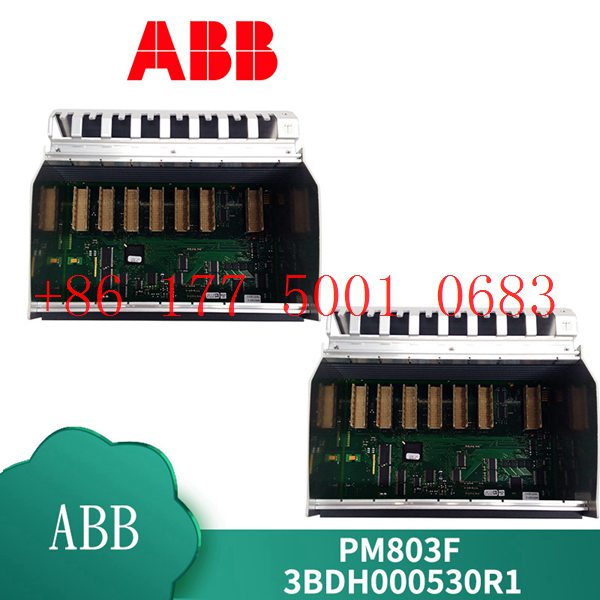
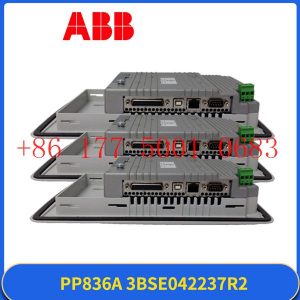
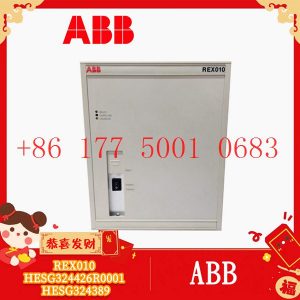
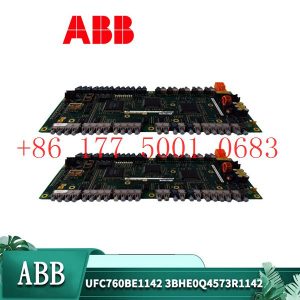
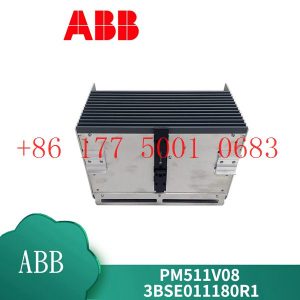


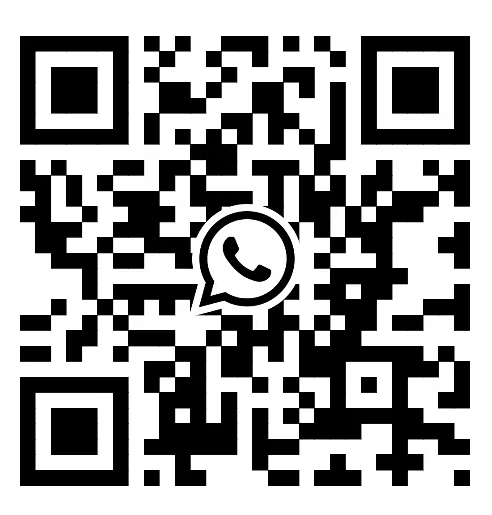
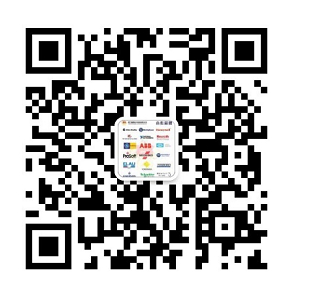
Reviews
There are no reviews yet.